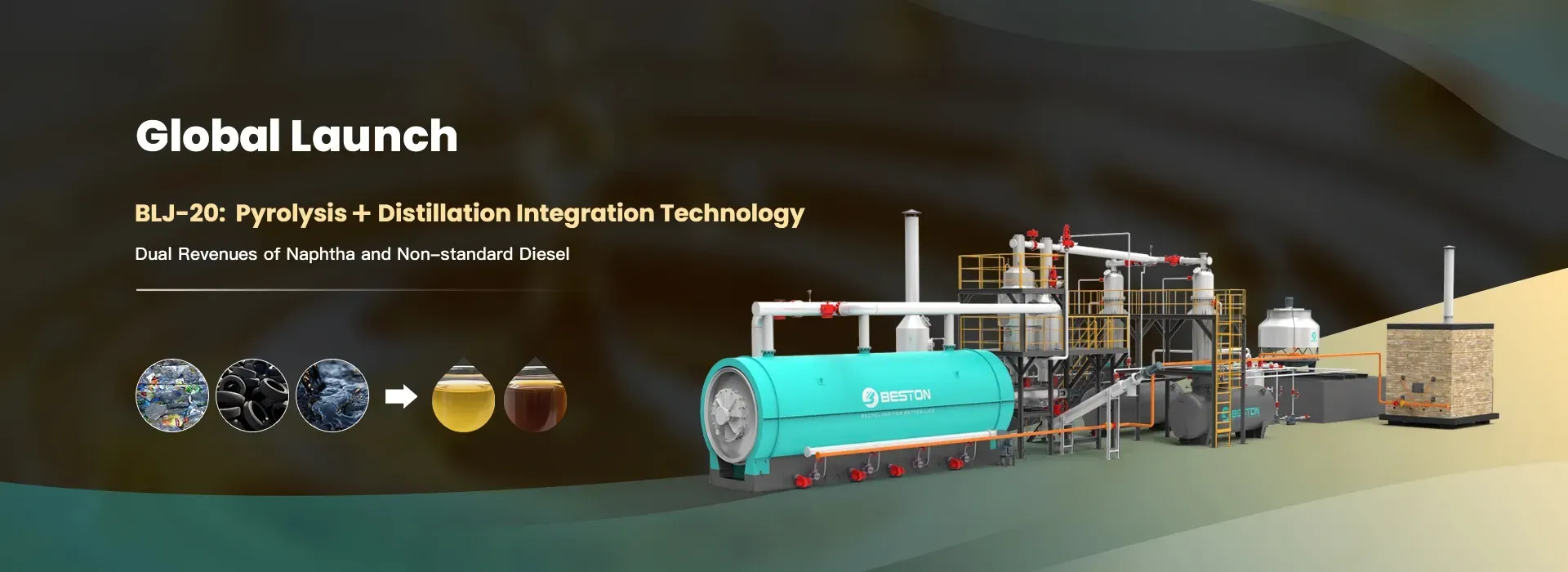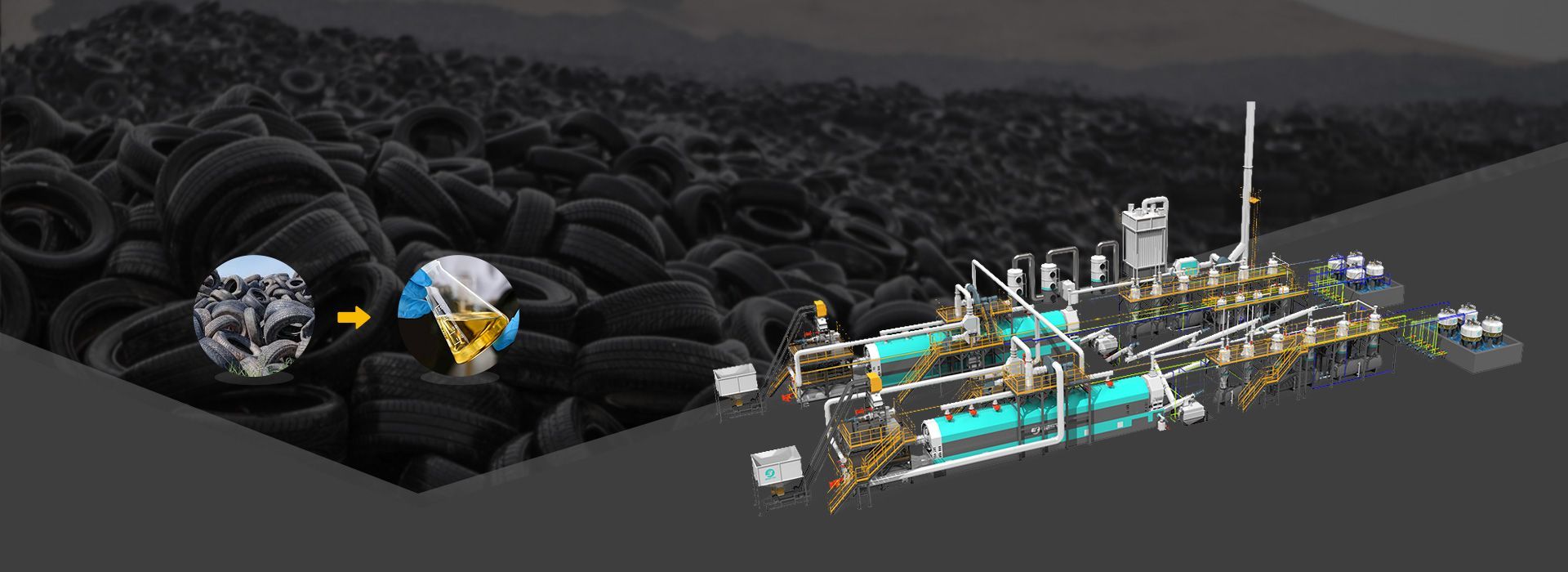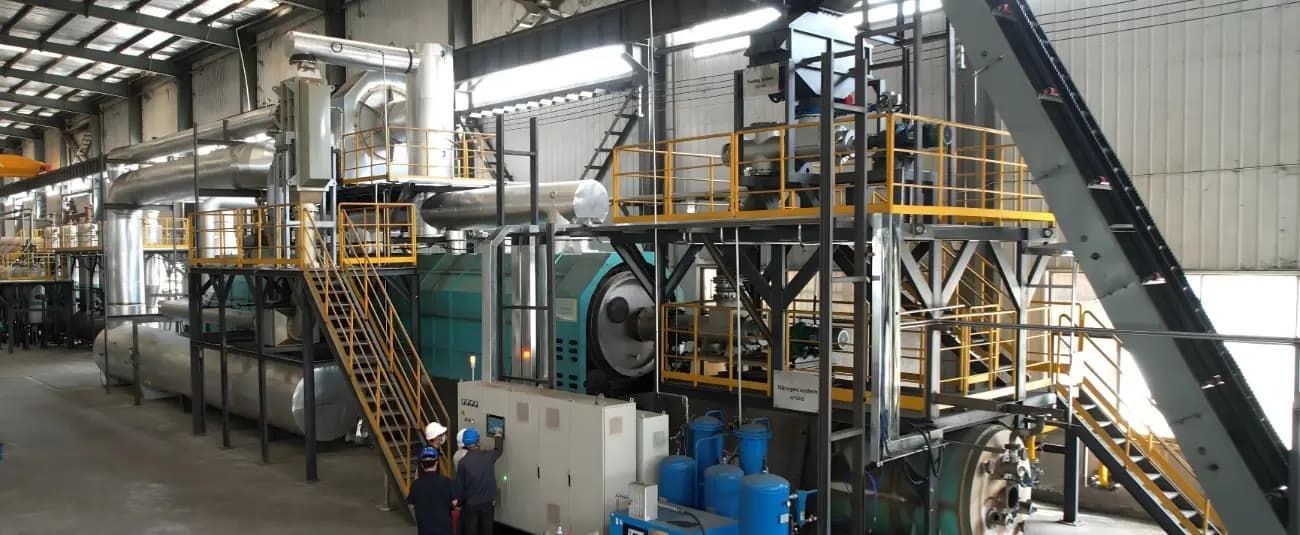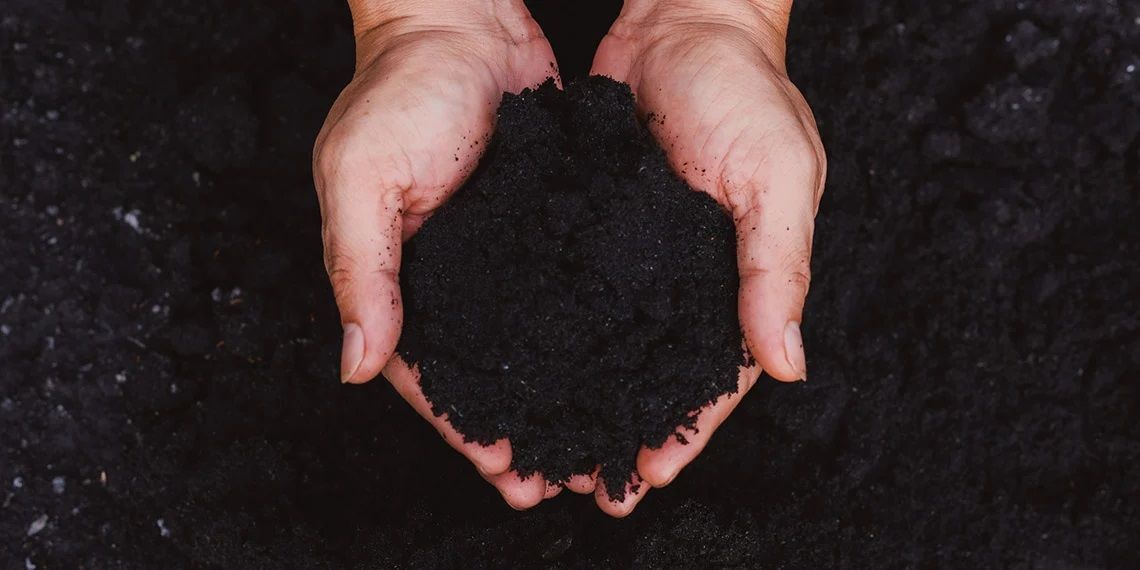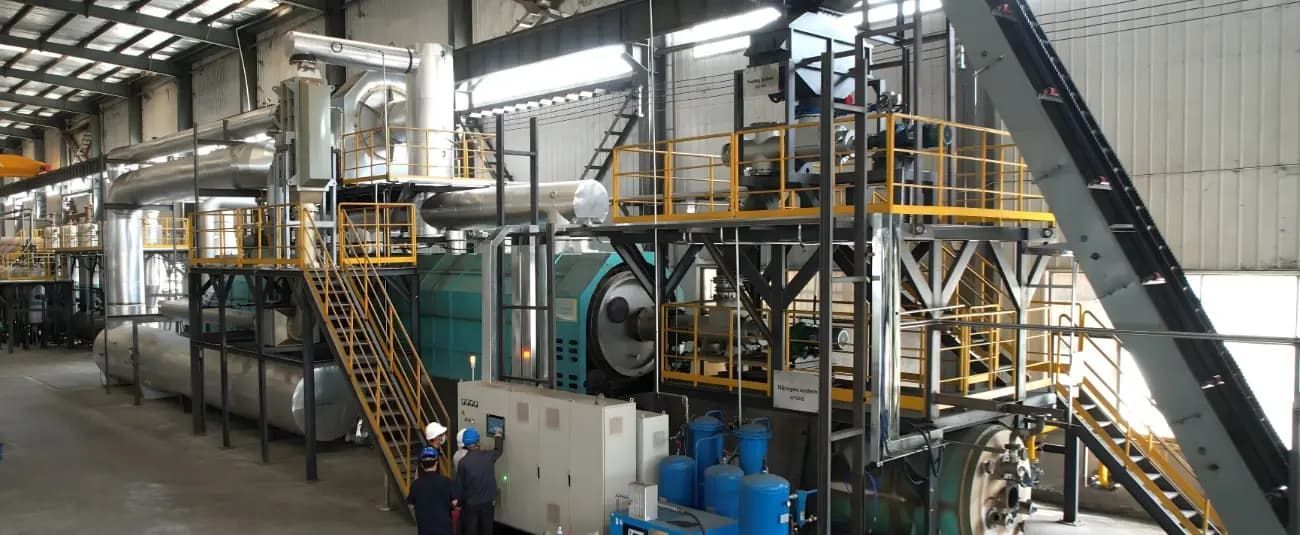Biochar Pyrolysis and the 2030 Carbon Goals: A Path Toward Net-Zero
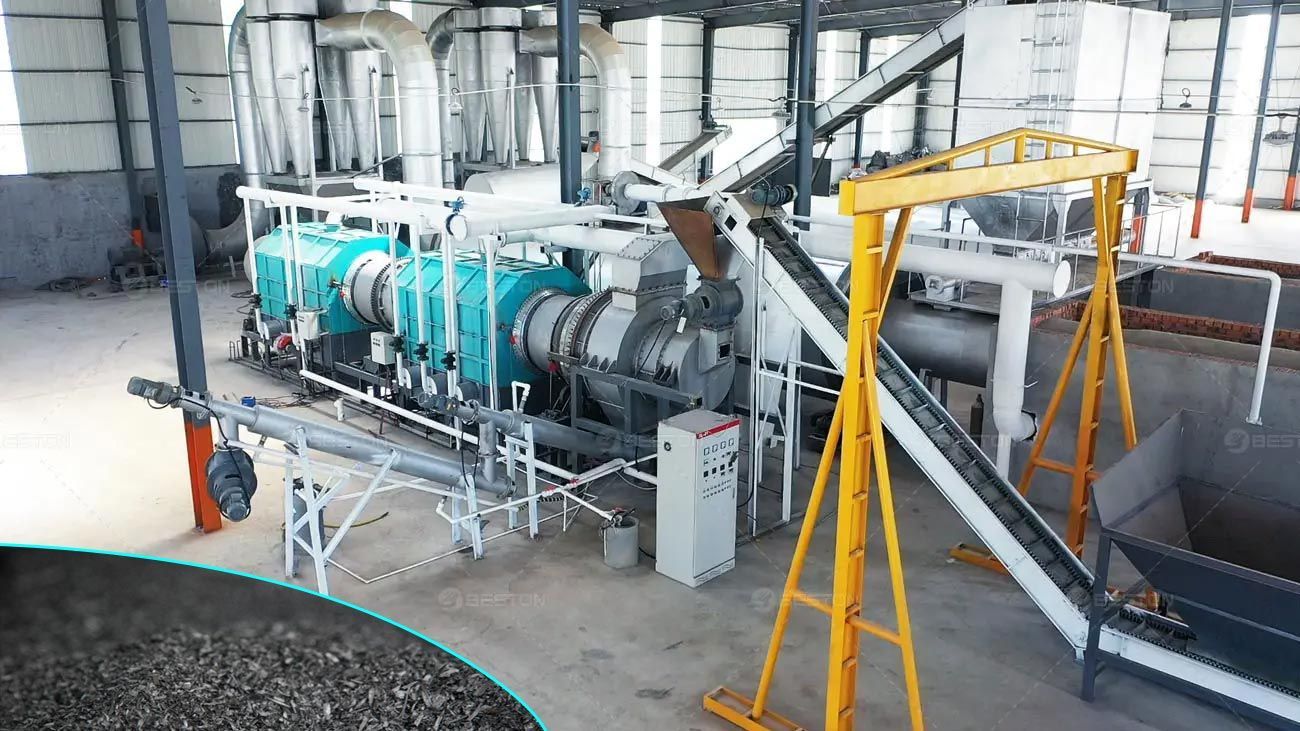
As the world accelerates toward the 2030 carbon reduction goals, innovative technologies are emerging to address both waste management and climate change. One of the most promising solutions is biochar pyrolysis—a process that converts agricultural residues, forestry by-products, and organic waste into biochar, a stable form of carbon that can be stored in soil for centuries.
What is Biochar Pyrolysis?
Biochar pyrolysis is the thermal decomposition of biomass under limited or no oxygen. Unlike traditional combustion, which releases carbon dioxide immediately, pyrolysis locks a significant portion of carbon into a solid form—biochar. This carbon sequestration potential makes it a powerful tool in the fight against climate change.
Modern biochar pyrolysis equipment allows farmers, municipalities, and industries to transform organic waste streams into not only biochar but also renewable energy sources such as syngas and bio-oil.
Biochar and the 2030 Carbon Targets
The United Nations and many countries have committed to reducing greenhouse gas emissions by 2030. Biochar contributes in several key ways:
- Carbon Sequestration – Each ton of biochar applied to soil can lock away carbon for hundreds of years.
- Soil Improvement – Biochar improves soil fertility, water retention, and crop yields, supporting sustainable agriculture.
- Waste Reduction – Agricultural residues, food waste, and forestry by-products can be diverted from landfills and converted into value.
- Renewable Energy – The co-products of pyrolysis (syngas and bio-oil) can be used as clean energy, reducing reliance on fossil fuels.
Scaling Biochar Pyrolysis by 2030
For biochar pyrolysis to significantly contribute to carbon neutrality, scaling up deployment is critical. Investment in biochar pyrolysis equipment is increasing, with both small-scale mobile units for farms and large industrial plants for municipalities. Partnerships between governments, private companies, and researchers are essential to achieve meaningful impact.
Looking Ahead
By 2030, biochar could become a mainstream solution within climate strategies. Its unique ability to both sequester carbon and enhance soil health makes it a rare “win-win” in climate technology. With supportive policies and wider adoption of biochar pyrolysis equipment, the technology has the potential to help nations meet their net-zero commitments while building a more sustainable agricultural system.
